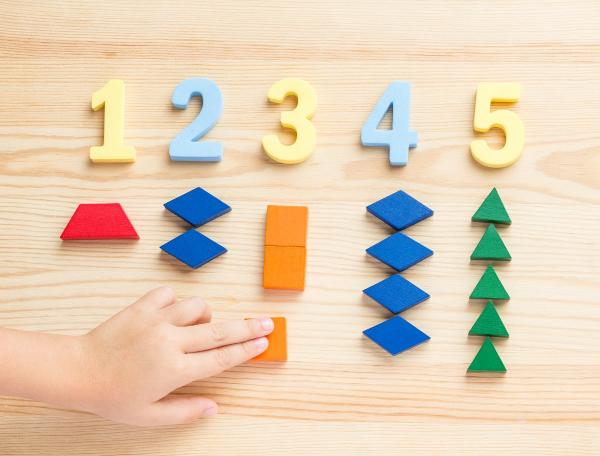Metric measures

Developed in partnership with Education Services Australia
The Australian Curriculum sets the goal for what all students should learn as they progress through their school life. Skills in the Year 5-6 curriculum include:
- solving problems involving volume, capacity, mass and length, using appropriate metric units
- recognising the relationships between metric units of measurement, eg 1 cubic cm equates to 1 millilitre
- writing measurements in various ways and converting between units, eg 1.5 kg = 1500 g
- estimating measures
- measuring accurately using appropriate instruments and units, and calculating with measures.
It’s easy to help your child practise these skills as part of everyday life – just use these simple ideas.
Measure measure measure
Measuring skills include knowing how to take a measurement, choosing and converting between metric units, and making calculations with measurements. Help your child practise by involving them whenever you need to:
- measure things
- compare the volume, capacity, mass and length of different items
- convert between centimetres (cm), millimetres (mm) and metres (m); grams (g) and kilograms (kg); or millilitres (mL) and litres (L)
- work out how to take measurements and which units to use
If you were measuring my arm length, would you use metres or centimetres? - make calculations with measurements
Now that you've recorded how far you walk each day for a week, can you work out the average distance per day? Or the total you would cover in a month or a year? - work out how to solve measurement problems
How can we work out it if a bath or a shower uses more water?
Note: In everyday language we often say weight when we should, technically speaking, say mass. If your child is being taught to use mass at school, this might confuse them. A simple way to avoid this is to not use either term - just describe things as being heavy/heavier/heaviest and light/lighter/lightest.
If you want to use weight and mass correctly, do an internet search for mass vs weight. It’s not necessary in order to help your child, but it might help you feel better prepared if your child ever asks how they are different (it’s all to do with gravity).
Go online
For online reinforcement, What's the problem: nature will give your child practice at:
- solving word problems about measurement.
The Metrix: metric table will give your child practice at:
- understanding the metric table for units of length
- understanding related prefixes, units, symbols
- understanding how units relate to each other.
[5-6Learning]








